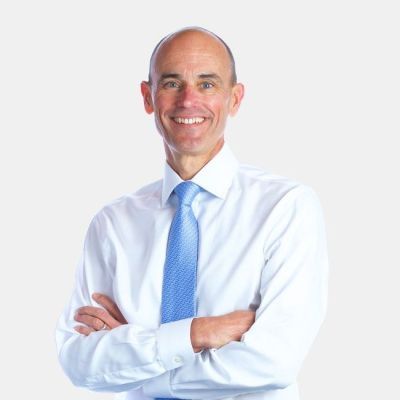
COVID-19 has exacted a terrible human and economic toll. And while we still have a long way to go before the world is free from the scourge of this virus, we should begin to address the opportunity to build a more equitable and prosperous future on the other side of the pandemic.
Seven out of 10 people live in countries where economic inequality is growing. And COVID-19 only exacerbated the situation, hurting some groups more than others. For example, more women than men have left the US workforce. Black, Hispanic, and Native Americans are more than twice as likely to die from COVID-19 as White Americans. Black Brazilians are 1.5 times more likely to die of COVID-19 than White Brazilians. And several European countries have reported that members of migrant or ethnic minority groups suffer higher COVID-19 infection and mortality rates.
It is possible to build a strong economic recovery while also addressing inequality. Done right, economic recovery could mean adding a cumulative 30 percent to 50 percent to GDP over the next decade, with better quality of life for more people. Such growth is possible: In the United States, the expansions in the 1960s, 1980s, and 1990s all saw GDP growth in this range. Other countries performed similarly during some or all of these periods, including Australia, Canada, Singapore, South Korea, and the United Kingdom. But it is not inevitable. Without thoughtful action, the world risks a more tepid recovery on the order of only 10–20 percent GDP growth over the next decade. To avoid this path, the global economy should tackle the growing concerns around rising debt and inflation—otherwise these factors may become unsustainable and constrain growth.
Achieving both a strong economic recovery and tackling inequality can seem daunting—but there is a huge opportunity in linking these issues. By itself, of course, growth does not solve inequality, but without growth, there is a narrower path to economic inclusivity. Without increasing the overall size of the economy, it becomes difficult to improve economic mobility and resource distribution. At the same time, there are inclusive growth strategies that can help increase our odds of a stronger economic recovery.
Building back economic prosperity and tackling inequality: We cannot forsake one to solve the other.
There are three priorities to foster both economic growth and economic equity. While the specifics will vary from country to country, these principles are broadly applicable to societies around the world.
First, there is talent. Many economies are facing labor shortages in specialized, fast-growing sectors, like health care and technology. Where population growth is slow or even declining, there is a pressing need to equip more people to do the jobs of the future. That means tapping into underutilized sources of talent through training and education. In the US alone, for example, closing only half the gap in college degree attainment between Black and Hispanic Americans and White Americans would add 5 million more degree-holders to the workforce—enough to eliminate the talent shortage holding back these specialized sectors.
Second, there is innovation and entrepreneurship. The innovation pipeline needs to be as wide as possible—and it isn’t, due to difficulties in accessing capital and other constraints. And again, it is those who have historically been left behind who often have the most difficulty. In the United States, only 2.3 percent of venture capital financing went to all-women founders in 2020 and only 1.2 percent has gone to Black founders in the first half of this year. In a parity scenario where Black Americans owned businesses on the size and scale of their industry peers, Black-owned business would add $1.6 trillion to US GDP.
Third, there is the consumer dimension. Meeting the wants and needs of all consumers can be an overlooked source of growth. In the United States, there is up to $300 billion in unmet consumer demand among Black Americans alone. This demand could be unlocked by expanding local access to goods and services and intentionally tailoring offerings to the needs of Black households.
The world is facing two commensurate challenges: building back economic prosperity and tackling inequality. The magnitude and immediacy of these problems means we cannot forsake one to solve the other. We must take this moment as an opportunity to unite these goals and build a future that is both more inclusive and more prosperous.















